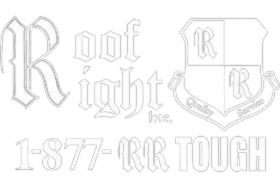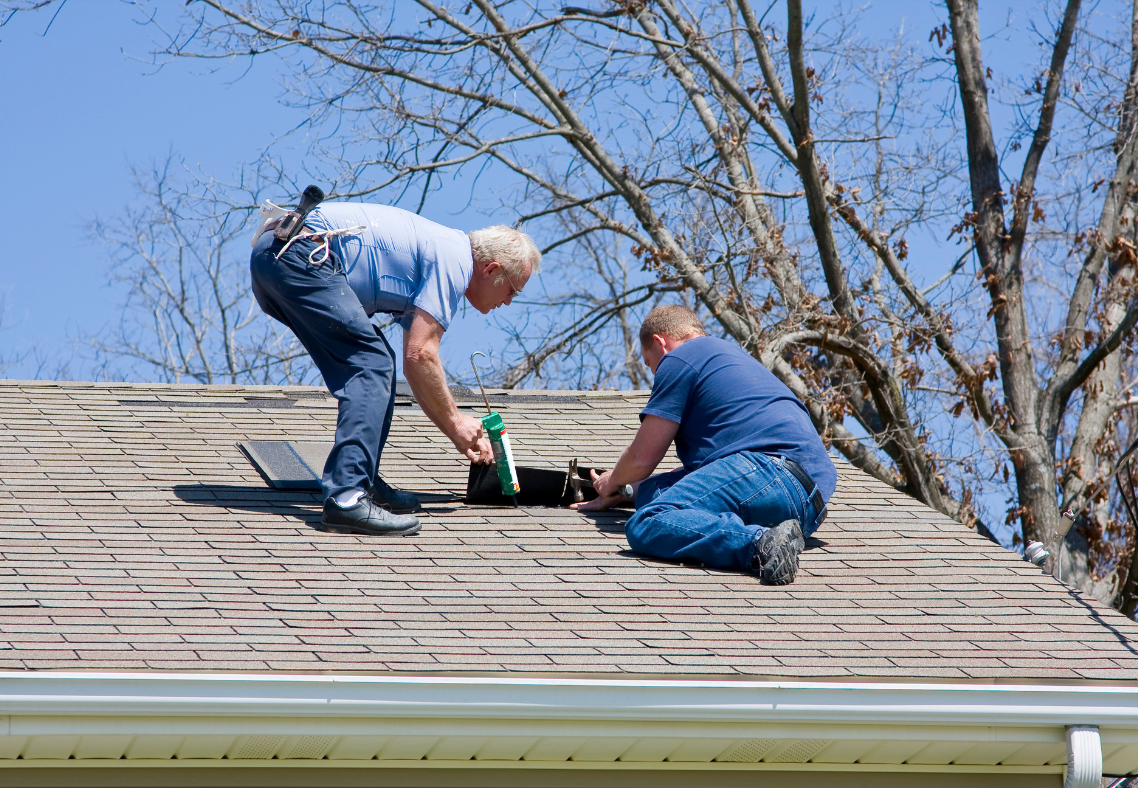How Do Insurance Companies Determine If My Roof Was Damaged By A Storm?
Roof Right: Exterior Home Remodeling Specialists in Maryland Contact UsSchedule A Free EstimateAs a homeowner in Maryland, dealing with the aftermath of a major storm can be stressful—especially when it comes to your roof. One of the most important steps in recovering from storm damage is filing a claim with your homeowner’s insurance. But what many residents don’t realize is how thoroughly insurance companies investigate roof damage before deciding whether to approve a claim. Understanding how insurers determine if a storm actually caused the damage to your roof can help you better prepare your case, avoid common pitfalls, and ensure your home is protected. In this article, we’ll break down the process insurance companies use to assess roof damage, the factors they consider, and what Maryland homeowners can do to support their claims. Whether you live in Hampstead, Frederick, or along the Chesapeake Bay, this information will help you stay informed and ready the next time severe weather strikes.
Answering The Question: How Do Insurance Companies Determine If My Roof Was Damaged By A Storm?
What Storm Damage Looks Like in Maryland
Maryland’s weather can vary significantly across the state. Coastal towns experience high humidity and tropical storm remnants, while more inland areas like Carroll County and Baltimore County can be hit with strong wind gusts, hail, and snow. Roofing systems in this region are often tested by:
- High winds that lift shingles
- Hailstorms that leave dents or punctures
- Heavy rains that cause water intrusion
- Falling debris from trees or utility poles
- Snow and ice accumulation leading to ice dams
After any of these events, it’s wise to inspect your roof or have a professional assess it for damage. If you notice signs of trouble, your next step is to notify your insurance provider.
How Insurance Companies Evaluate Storm Damage
When you file a claim for roof damage following a storm, your insurance company begins a process to determine whether the damage is covered under your policy. Here’s how that typically works:
1. Initial Claim Filing
You’ll start by contacting your insurance provider and submitting a claim. You may be asked for a brief description of the damage, when the storm occurred, and whether you’ve taken any temporary measures to mitigate further issues (like placing a tarp on a leaking roof).
2. Assignment of a Claims Adjuster
Once the claim is filed, your insurer will send a claims adjuster to inspect the damage. This person is trained to identify whether the roof damage is:
- Consistent with the reported storm
- Caused by other factors (like aging or poor maintenance)
- Sudden and accidental (covered by most policies)
The adjuster performs a comprehensive review to document the condition of your roof.
Key Factors Adjusters Use to Determine Storm Damage
1. Visual Inspection of the Roof
The adjuster will look for telltale signs of storm damage, such as:
- Shingle Damage: Missing, curled, torn, or uplifted shingles suggest wind damage.
- Hail Marks: Dents or pockmarks in shingles, flashing, or vents are consistent with hail.
- Granule Loss: A loss of granules on asphalt shingles may signal impact or wind wear.
- Debris Impact: Evidence of fallen tree limbs, snapped gutters, or damaged flashing.
These signs help the adjuster determine whether the damage was sudden (storm-related) or gradual (wear and tear).
2. Age and Condition of the Roof
The age of your roof plays a significant role. Most policies depreciate the value of a roof based on age, and older roofs are less likely to receive full reimbursement. If your roof is nearing the end of its expected lifespan (typically 20–25 years for asphalt shingles), an insurer may argue the damage is due to age and not a storm. That said, even older roofs may be eligible for repair coverage if the damage is clearly tied to a recent event.
3. Review of Weather Reports
Insurers cross-reference your damage claim with official weather data. This includes:
- Reports from the National Weather Service
- Radar data showing hail or wind intensity
- Zip-code-based storm tracking data
If a storm matching your damage report occurred within a reasonable timeframe, it strengthens your claim.
4. Inspection of Attic and Interior Damage
Sometimes, interior damage can validate an exterior claim. Adjusters may inspect:
- Ceilings and walls for water stains
- Attic insulation for moisture or mold
- Plywood decking for softness or rot
This helps determine whether the damage was recent or long-standing.
5. Evidence of Maintenance or Neglect
A roof that has not been properly maintained is more likely to suffer damage during a storm. If the adjuster notices missing flashing, clogged gutters, or previously compromised shingles, they may determine that the damage resulted from neglect, which can reduce or invalidate your claim. That’s why routine inspections and maintenance records can make a huge difference.
How You Can Support Your Insurance Claim
Maryland homeowners can take several steps to make their claims process smoother and more successful:
- Document Everything: After a storm, take clear photos of your roof, gutters, attic, and any interior water damage. Before-and-after comparisons are extremely useful to claims adjusters.
- Schedule a Professional Inspection: A certified local roofer like Roof Right can provide a detailed report outlining the extent of the damage. These reports often carry more weight than a homeowner’s statement and can serve as a second opinion if your insurer’s adjuster is dismissive.
- Act Quickly: Most policies require damage to be reported within a specific timeframe. Delaying a claim may lead the insurer to conclude the damage was not caused by the storm—or that it worsened because you didn’t act promptly.
- Keep Maintenance Records: Hold on to invoices for any past roof work, inspections, or minor repairs. These show your roof has been properly cared for and support the idea that damage is due to a recent storm, not long-term neglect.
Contact Roof Right for Storm Damage Roof Repair Services in Maryland
At Roof Right, based in Hampstead, MD, we specialize in helping homeowners across Maryland identify, document, and repair storm-related roof damage. Our experienced team provides thorough inspections, photographic evidence, and repair estimates to help ensure your insurance claim is supported with the facts. We work closely with homeowners and insurance adjusters to make the claims process as smooth and successful as possible. Whether you’ve experienced damage from hail, wind, or falling debris, Roof Right will restore your roof’s integrity and ensure your home stays protected. Don’t wait to address potential storm damage. Contact Roof Right today to schedule your inspection, receive expert guidance on your insurance claim, and take the first step toward protecting your home and investment.
Areas We Serve
If you're looking for a roof contractor in Maryland, give Roof Right a call today at (410)-374-5923 to schedule an appointment!
Carroll County
Howard County
Clarksville, Columbia, Elkridge, Ellicott City, Fulton, Jessup, Laurel, Woodstock
Montgomery County
Baltimore County
Baldwin, Bradshaw, Carney, Cockeysville, Glen Arm, Hunt Valley, Jacksonville, Kingsville, Lutherville, Nottingham, Overlea, Owings Mills, Parkton, Parkville, Perry Hall, Phoenix, Pikesville, Reisterstown, Sparks, Timonium, Towson, White Marsh

